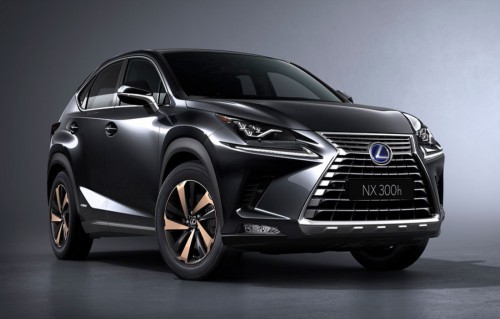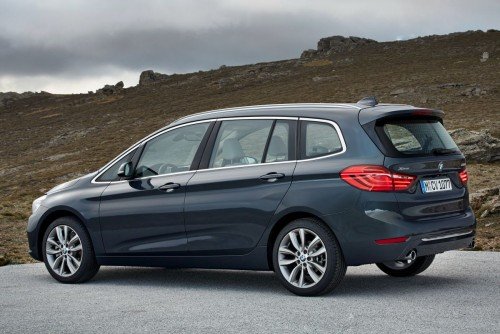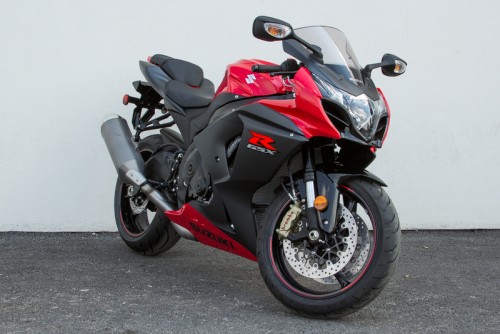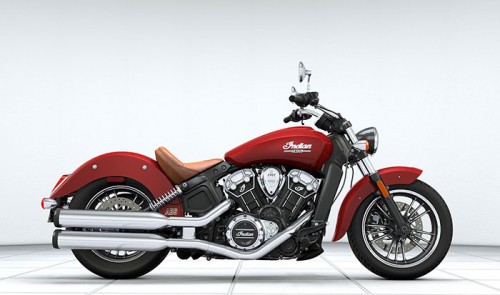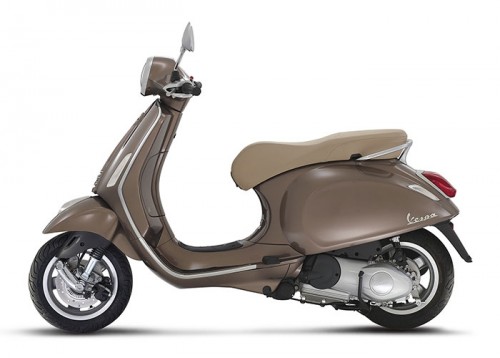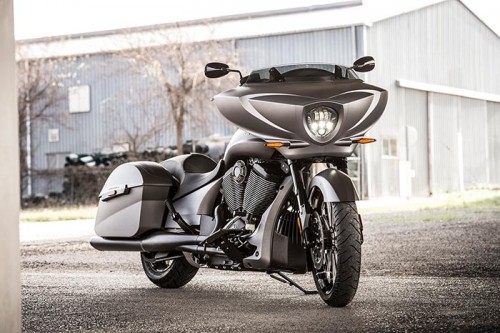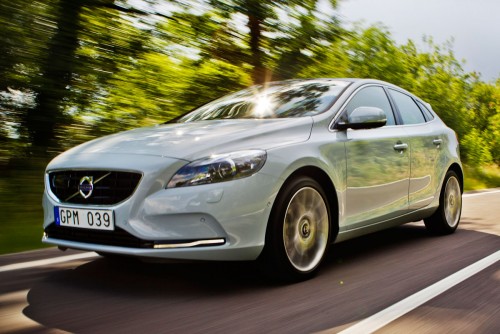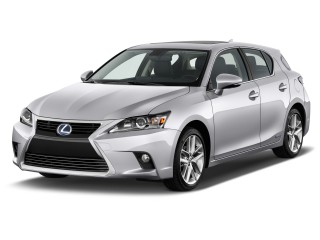About Bentley
Cricklewood
Before World War I in Cricklewood near London, Walter Owen Bentley had been in partnership with his brother Horace Millner Bentley selling French DFP cars, but he had always wanted to design and build his own range of cars bearing his name. In August 1919, Bentley Motors Ltd. was registered, and a chassis with dummy engine was exhibited at the London Motor Show in October of that year.[14] An innovative 4 valves per cylinder engine designed by ex–Royal Flying Corps officer Clive Gallop was built and running by December, and orders were taken for deliveries starting in June 1920; however, development took longer than estimated, and the first cars were not ready until September 1921. Their durability earned widespread acclaim. Appearances were made in hill climbs and at Brooklands.
First major event – 1922 Indianapolis 500
Bentley entered the 1922 Indianapolis 500 mile race as their "first major event", sending one car with works driver Douglas Hawkes and riding mechanic H. S. "Bertie" Browning. In a race dominated by specialized cars with Duesenberg racing chassis, Hawkes completed the full 500 miles in a modified road car, finishing 13th with an average speed of 74.95 mph after starting in 19th position.The team was then rushed back to England to compete in the 1922 RAC Tourist Trophy.
It was on a visit to the DFP factory in 1913 that W.O. noticed an aluminium paperweight, and had the inspired idea of using the lightweight metal instead of cast iron to make engine pistons. The first Bentley aluminium pistons went into service in aero engines for the Sopwith Camel during World War I.
Barnato becomes chairman
Woolf Barnato acquired his first Bentley (a 3-litre) in 1925, just 12 months before he also acquired the business itself. With this car he won numerous Brooklands races. He was a member of a social set of wealthy British motorists known as the "Bentley Boys" who favoured the cars of W. O. Bentley. Many were independently wealthy, often with a background in military service. Barnato was nicknamed "Babe", in ironic deference to his heavyweight boxer's stature.
Car models, Cricklewood
- 1921–29 3-litre
- 1926–30 4�-litre & "Blower Bentley"
- 1926–30 6�-litre
- 1928–30 6�-litre Speed Six
- 1930–31 8-litre
- 1931 4-litre
The original model was the 3-litre, but as customers put heavier bodies on the chassis, a larger 4�-litre model followed. Perhaps the most iconic model of the period is the 4�-litre "Blower Bentley", with its distinctive supercharger projecting forward from the bottom of the grille. Uncharacteristically fragile for a Bentley it was not the racing workhorse the 6�-litre was, though in 1930 Birkin remarkably finished second in the French Grand Prix at Pau in a stripped-down racing version of the "Blower Bentley", behind Philippe Etancelin in a Bugatti Type 35.
The 4�-litre model later became famous in popular media as the vehicle of choice of James Bond in the original novels, but this has been seen only briefly in the films. John Steed in the television series The Avengers also drove a Bentley.
The new 8-litre was such a success that when Barnato's money seemed to run out in 1931 and Napier was planning to buy Bentley's business, Rolls-Royce purchased Bentley Motors to prevent competition for the market of their most expensive model, Phantom II.
Rolls-Royce ownership – Derby
Rolls-Royce acquired Bentley using an entity named the British Central Equitable Trust; not even Bentley himself knew the true identity of the purchaser until the deal was completed. A new company, wholly owned by Rolls-Royce, was formed, Bentley Motors (1931) Ltd. The Cricklewood factory was closed and sold, and production stopped for two years,[24] before resuming at the Rolls-Royce works in Derby. Unhappy with his role at Rolls-Royce, when his contract expired at the end of April 1935 W. O. Bentley left to join Lagonda.
When the new Bentley 3� litre appeared in 1933, it was a sporting variant of the Rolls-Royce 20/25, which disappointed some traditional customers yet was well received by many others. W. O. Bentley was reported as saying, "Taking all things into consideration, I would rather own this Bentley than any other car produced under that name".Rolls-Royce's advertisements for the 3 1⁄2 Litre called it "the silent sports car",a slogan Rolls-Royce continued to use for Bentley cars until the 1950s.
All Bentleys produced from 1931 to 2004 used inherited or shared Rolls-Royce chassis, and adapted Rolls-Royce engines, and are described by critics as badge-engineered Rolls-Royces.
Car models, Derby
- 1933–37 3�-litre
- 1936–39 4�-litre
- 1939–41 Mark V
- 1939 Mark V
Crewe
After World War II, Rolls-Royce chose to focus its aero-engine production on Derby. Production of motorcars was moved to the ex-wartime shadow factory in Crewe, Cheshire.
Vickers
The problems of Bentley's owner with Rolls-Royce aero engine development, the RB211, brought about the financial collapse of its business in 1970.
The motorcar division was made a separate business, Rolls-Royce Motors Limited, which remained independent until bought by Vickers plc in August 1980. By the 1970s and early 1980s Bentley sales had fallen badly; at one point less than 5% of combined production carried the Bentley badge.Under Vickers, Bentley set about regaining its high-performance heritage, typified by the 1980 Mulsanne. Bentley's restored sporting image created a renewed interest in the name and Bentley sales as a proportion of output began to rise. By 1986 the Bentley:Rolls-Royce ratio had reached 40:60; by 1991 it achieved parity.
Volkswagen AG vs. BMW AG
In October 1997, Vickers announced that it had decided to sell Rolls-Royce Motors. BMW AG seemed to be a logical purchaser because BMWh already supplied engines and other components for Bentley and Rolls-Royce branded cars and because of BMW and Vickers joint efforts in building aircraft engines. BMW made a final offer of �340m, but was outbid by Volkswagen AG, which offered �430m. Volkswagen AG acquired the vehicle designs, model nameplates, production and administrative facilities, the Spirit of Ecstasy and Rolls-Royce grille shape trademarks, but not the rights to the use of the Rolls-Royce name or logo, which are owned by Rolls-Royce Holdings plc. In 1998, BMW started supplying components for the new range of Rolls-Royce and Bentley cars—notably V8 engines for the Bentley Arnage and V12 engines for the Rolls-Royce Silver Seraph, however, the supply contract allowed BMW to terminate its supply deal with Rolls-Royce with 12 months' notice, which would not be enough time for Volkswagen to re-engineer the cars.
Modern Bentleys
After acquiring the business, Volkswagen spent GBP500 million (about USD845 million) to modernise the Crewe factory and increase production capacity.[29] As of early 2010, there are about 3,500 working at Crewe, compared with about 1,500 in 1998 before being taken over by Volkswagen.It was reported that Volkswagen invested a total of nearly USD2 billion in Bentley and its revival. As a result of upgrading facilities at Crewe the bodywork now arrives fully painted at the Crewe facility for final assembly, with the parts coming from Germany—similarly Rolls-Royce body shells are painted and shipped to the UK for assembly only.
�




 Home
Home









